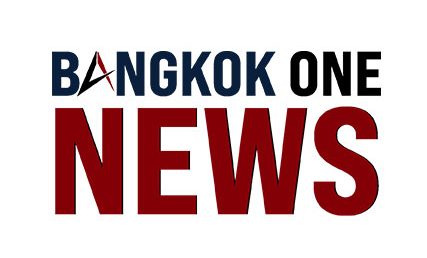The stimulus committee is set to convene later this month to discuss additional measures, including those aimed at the real estate sector, according to Deputy Finance Minister Paopoom Rojanasakul.
Mr. Paopoom highlighted that the proposed real estate stimulus measures will address both demand and supply, encouraging property buyers and developers to generate a comprehensive impact.
He emphasized the necessity for new stimulus measures since the current ones have been fully utilized.
Recently, the Finance Ministry has leveraged state financial institutions, such as the Government Housing (GH) Bank, to bolster real estate stimulus initiatives.
In April, GH Bank introduced a low-interest loan program called “Happy Home,” with a total loan budget of 20 billion baht. This initiative provided flexible lending options to assist low-income individuals in accessing mortgages, with a maximum loan amount of 3 million baht per person and a fixed interest rate of 3% for the first five years. However, this program has reached its loan cap.
In a related matter, Mr. Paopoom noted that the 10,000-baht cash handout for 14.5 million vulnerable individuals has facilitated a quick circulation of money in the economy. He pointed out that this group tends to spend quickly, as indicated by a tenfold increase in ATM withdrawals following the cash disbursements and a substantial rise in retail sales, suggesting a lasting positive effect.
As for the second phase of the cash handout, Mr. Paopoom stated that the stimulus committee will reconvene later this month to determine the amount, method, and timing of the distribution.
Pornchai Thiraveja, director-general of the Fiscal Policy Office, mentioned that the first phase of the cash handout had a budget of 145 billion baht and is projected to boost economic growth by 0.35 percentage points. Most of these funds are anticipated to enter the economy in the fourth quarter, he added.
Mr. Pornchai noted that it is challenging to estimate the frequency with which this money will circulate within the economy. He explained that the 14.5 million recipients are low-income earners, who typically exhibit a high marginal propensity to consume (MPC). This implies that when their income increases, they are likely to spend most of it.
Data from the National Statistical Office indicates that low-income individuals have an MPC of 80%, meaning that for every 100 baht received, they will spend 80 baht, while the remaining 20 baht is likely saved or used to repay debt.
